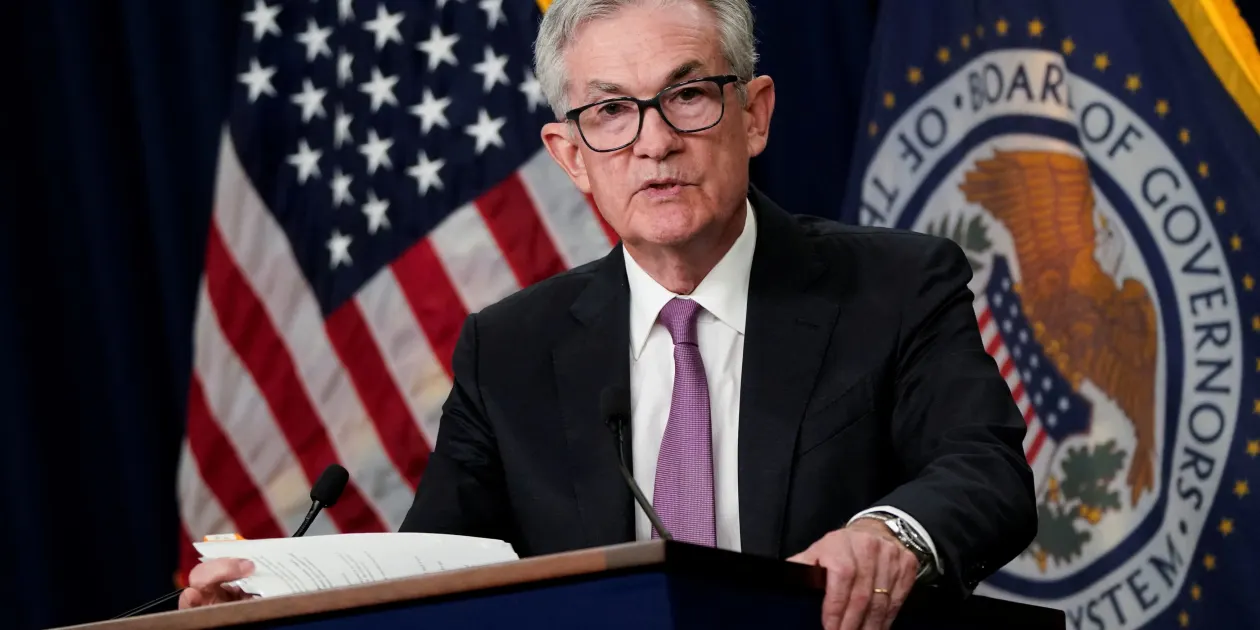Now Reading: Federal Reserve’s Increasing Interest Rate
-
01
Federal Reserve’s Increasing Interest Rate

Federal Reserve’s Increasing Interest Rate
The Federal Reserve’s decision to raise interest rates by three-quarters of a percentage point, or 75 basis points, for the third-consecutive time at the Federal Open Market Committee meeting, is a step being taken to cool the economy and bring down inflation, but it is also putting small business owners across the country in a lending fix they have not experienced since the 1990s.
If the Federal Reserve’s FOMC next moves match the market’s expectation for two more interest rate hikes by the end of the year, small business loans will reach at least 9%, maybe higher, and that will bring business owners to a difficult set of decisions. Businesses are healthy today, especially those in the rebounding services sector, and credit performance remains good throughout the small business community, according to lenders, but the Fed’s more aggressive turn against inflation will lead more business owners to think twice about taking out new debt for expansion.
Demand for lending hasn’t changed yet, but we’re getting dangerously close to where people will start to second guess.
Chris Hurn, the founder and CEO of Fountainhead
Increasing Interest Cost
As traditional banks and credit unions tighten lending standards and businesses begin to breach debt covenants based on debt service coverage ratios — the amount of cash flow needed to cover debt — more business owners will turn to the SBA loan market in which firms like Hurn’s specialize.
“Every time we get into one of these cycles and the economy is slowing and rates are going up, one of the few places to get business credit is SBA lenders,” he said.
But even in the SBA market, business owners are beginning to pause as a result of the Fed’s rate actions, said Rohit Arora, co-founder and CEO of Biz2Credit, which also focuses on small business lending. “From a credit perspective, people are getting more cognizant about increasing interest cost, and that the Fed will keep interest rates at 4-4.50%,” Arora said.
Fed expected to keep rates higher for longer
The big change since the summer, reflected in the stock market as well, is the acknowledgment that the Fed is not likely to quickly reverse its interest rate hikes, as inflation proves stickier than previously forecast, and key areas of the economy, like the labor market, don’t cool fast enough. As recently as the last FOMC meeting in July, many economists, traders and business owners expected the Fed to be cutting rates as soon as early 2023.
Now, according to CNBC’s surveying of economists and investment managers, the Fed is likely to reach peak rates above 4% and hold rates there throughout 2023. This outlook implies at least two more rate hikes in November and December, for a total of at least 75 basis points more, and including Wednesday’s hike, 150 basis points in all from September through the end of the year. And that is a big change for business owners.














